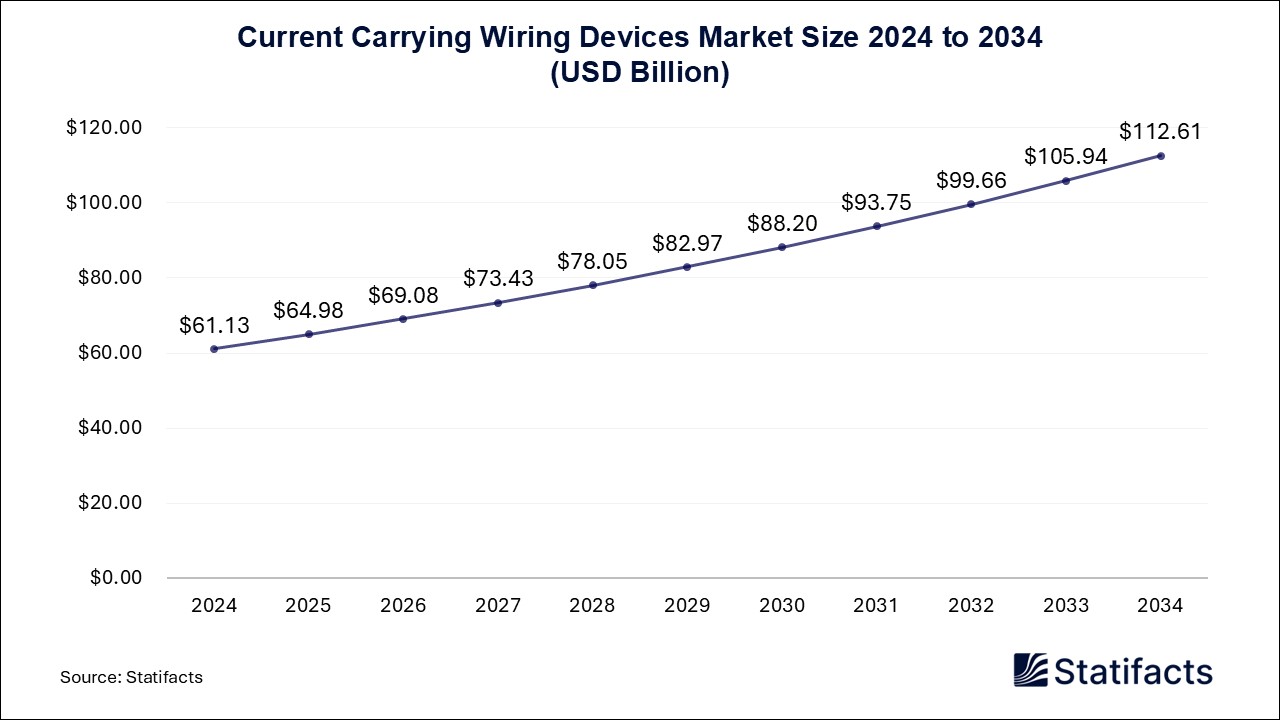Last Updated: 08 Jul 2025
Source: Statifacts
By clicking “Accept All Cookies” you agree to the storing of cookies on your device to enhance site navigation, analyze site usage, and assist in our marketing efforts.
Privacy PolicyUS Location-Based Entertainment Market (By Component Type: Hardware, Software; By Technology: Dimensional (2D), 3 Dimensional (3D), Cloud Merged Reality; By End-use: Amusement Parks, Arcade Studios, 4D Films; By Type: Virtual Gaming, Reality Gaming, Experiential, Classic) Industry Size, Share, Growth, Trends 2025 to 2034
The US location-based entertainment market size was estimated at USD 16.93 billion in 2024 and is projected to be worth around USD 54.17 billion by 2034, growing at a CAGR of 12.33% from 2025 to 2034.
| Industry Worth | Details |
| Market Size in 2025 | USD 18.66 Billion |
| Market Size by 2034 | USD 54.17 Billion |
| Market Growth Rate from 2025 to 2034 | CAGR of 12.33% |
The U.S. location-based entertainment (location-based entertainment) market is experiencing significant growth. Location-based entertainment includes places such as amusement parks, arcades, VR (Virtual Reality) centers, and escape rooms, where participants can play games and engage in activities in a physical space. LBE locations are often equipped with new technology to enhance the experience and bring entertainment offerings to life through interactive engagement. Many families, children, and young adults escape to LBE locations and experiences to enjoy themselves and unwind.
The trend to seek new social experiences offers a myriad of destinations in the location-based entertainment market. The demand and effective growth of locations combining VR (Virtual Reality), AR (Augmented Reality), and MR (Mixed Reality) are all aspects helping location-based entertainment to thrive through consumer acceptance of market topics and trends. Companies offering "out of the box" experiences for consumer captive audiences and scenarios will impact both LBE interest and attendance growth in the short term and sustain traction going forward.
The market trends in the U.S. location-based entertainment market are defined by increasing popularity of virtual reality (VR) centers, more social and group activities, high-tech attractions, partnerships with brands & media, and mobile apps and online booking.
The growth of the U.S. location-based entertainment market is restrained by factors such as fundamental setup and maintenance expenses, limited available space in urban areas, seasonal demand and weather challenges, and safety and health concerns.
The opportunities in the U.S. location-based entertainment market are associated with growth in mixed reality (MR) gaming, expansion into smaller cities and towns, edutainment and learning-based experiences, and increased tourism and travel.
| Segments | Shares (%) |
| Hardware | 60% |
| Software | 40% |
| Segments | Shares (%) |
| Dimensional (2D) | 20% |
| 3 Dimensional (3D) | 50% |
| Cloud Merged Reality | 30% |
| Segments | Shares (%) |
| Amusement Parks | 45% |
| Arcade Studios | 30% |
| 4D Films | 25% |
| Segments | Shares (%) |
| Virtual Gaming | 30% |
| Reality Gaming | 25% |
| Experiential | 25% |
| Classic | 20% |
Published by Yogesh Kulkarni
| Component Type | 2024 | 2025 | 2026 | 2027 | 2028 | 2029 | 2030 | 2031 | 2032 | 2033 | 2034 |
|---|---|---|---|---|---|---|---|---|---|---|---|
| Hardware | 1,015.80 | 1,132.78 | 1,261.04 | 1,424.49 | 1,591.38 | 1,783.01 | 2,003.86 | 2,244.29 | 2,520.73 | 2,794.42 | 3,106.44 |
| Software | 677.20 | 768.97 | 875.19 | 975.15 | 1,104.12 | 1,244.85 | 1,397.33 | 1,576.28 | 1,770.91 | 2,026.37 | 2,308.76 |
| Technology | 2024 | 2025 | 2026 | 2027 | 2028 | 2029 | 2030 | 2031 | 2032 | 2033 | 2034 |
|---|---|---|---|---|---|---|---|---|---|---|---|
| Dimensional (2D) | 338.60 | 379.17 | 419.26 | 465.63 | 522.34 | 581.51 | 653.90 | 727.19 | 809.80 | 903.58 | 1,008.49 |
| 3 Dimensional (3D) | 846.50 | 953.61 | 1,081.03 | 1,210.62 | 1,363.31 | 1,541.39 | 1,721.23 | 1,934.63 | 2,161.44 | 2,434.83 | 2,745.05 |
| Cloud Merged Reality | 507.90 | 568.97 | 635.95 | 723.38 | 809.86 | 904.95 | 1,026.06 | 1,158.74 | 1,320.40 | 1,482.39 | 1,661.66 |
Last Updated: 08 Jul 2025
Source: Statifacts
| Subsegment | 2024 | 2025 | 2026 | 2027 | 2028 | 2029 | 2030 | 2031 | 2032 | 2033 | 2034 |
|---|---|---|---|---|---|---|---|---|---|---|---|
| Hardware | 1,015.80 | 1,132.78 | 1,261.04 | 1,424.49 | 1,591.38 | 1,783.01 | 2,003.86 | 2,244.29 | 2,520.73 | 2,794.42 | 3,106.44 |
| Software | 677.20 | 768.97 | 875.19 | 975.15 | 1,104.12 | 1,244.85 | 1,397.33 | 1,576.28 | 1,770.91 | 2,026.37 | 2,308.76 |
| Subsegment | 2024 | 2025 | 2026 | 2027 | 2028 | 2029 | 2030 | 2031 | 2032 | 2033 | 2034 |
|---|---|---|---|---|---|---|---|---|---|---|---|
| Dimensional (2D) | 338.60 | 379.17 | 419.26 | 465.63 | 522.34 | 581.51 | 653.90 | 727.19 | 809.80 | 903.58 | 1,008.49 |
| 3 Dimensional (3D) | 846.50 | 953.61 | 1,081.03 | 1,210.62 | 1,363.31 | 1,541.39 | 1,721.23 | 1,934.63 | 2,161.44 | 2,434.83 | 2,745.05 |
| Cloud Merged Reality | 507.90 | 568.97 | 635.95 | 723.38 | 809.86 | 904.95 | 1,026.06 | 1,158.74 | 1,320.40 | 1,482.39 | 1,661.66 |
Location-based entertainment refers to experiences that require consumers to visit a physical venue, such as arcades, VR centers, theme parks, escape rooms, or immersive installations.
Growth is driven by consumer demand for immersive, social, and tech-enabled experiences, along with the rising integration of virtual reality (VR), augmented reality (AR), and gamification in physical venues.
VR arcades, theme parks, and escape rooms are among the most popular formats, with VR-based attractions growing fastest due to their novelty and interactive appeal.
Emerging technologies like VR, AR, motion tracking, and AI are transforming traditional entertainment into highly immersive, personalized, and engaging on-site experiences.
High setup costs, competition from at-home entertainment, and the need for continuous content innovation pose challenges, especially for smaller operators seeking long-term profitability.
To get full access to our Market Insights, you need a Professional Account or a Business Suite.

You will receive an email from our Business Development Manager. Please be sure to check your SPAM/JUNK folder too.

You will receive an email from our Business Development Manager. Please be sure to check your SPAM/JUNK folder too.

Our customers work more efficiently and benefit from


